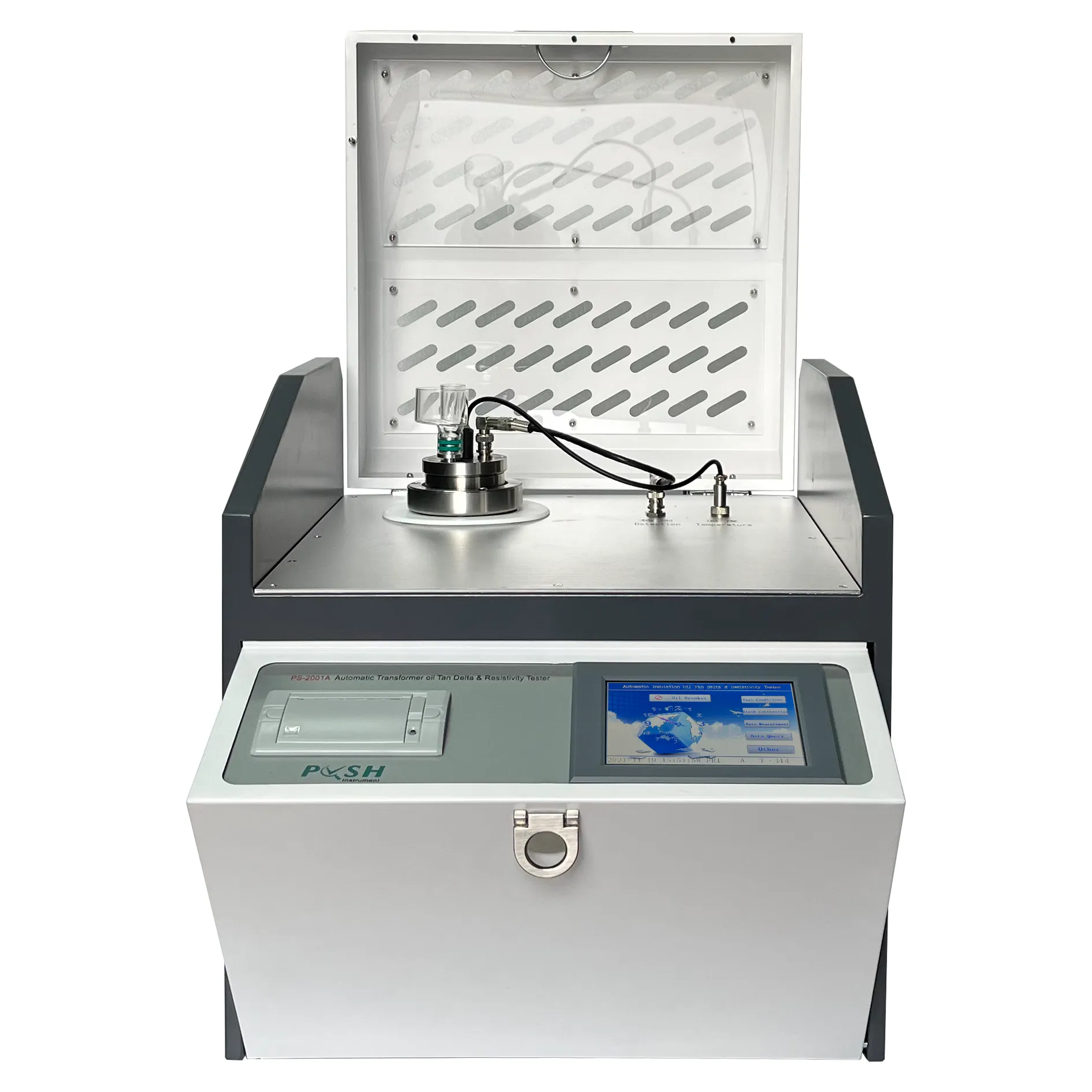 English
English


Evaluation of Electrical Connections Using Contact Resistance Testing Equipment for Enhanced Performance Analysis
Understanding Contact Resistance Test Sets A Key Component in Electrical Testing
In the world of electrical engineering, ensuring the reliability and performance of electrical connections is paramount. One of the critical methods employed to assess the quality of these connections is through contact resistance testing. A contact resistance test set is specifically designed for this purpose, enabling engineers and technicians to measure the resistance at electrical contacts, connectors, and joints, thus ensuring they meet necessary standards.
What is Contact Resistance?
Contact resistance refers to the electrical resistance of the interface between two conductive materials that are in contact with each other. It is an essential factor in electrical systems because high contact resistance can lead to power losses, heat generation, and, ultimately, the failure of electrical components. In applications ranging from power distribution networks to electronic devices, maintaining low contact resistance is crucial for operational efficiency and safety.
Purpose of Contact Resistance Testing
The primary objective of contact resistance testing is to identify and quantify the resistance at electrical junctions. This testing helps in diagnosing potential problems before they manifest into critical failures. High contact resistance can indicate issues such as corrosion, poor connections, or wear and tear, which, if left uncorrected, could result in overheating, inefficiency, or even catastrophic failures in electrical systems.
Components of a Contact Resistance Test Set
A contact resistance test set typically includes several essential components
1. Power Source The test set is equipped with a controlled power source that can supply a specific amount of current, which is crucial for determining resistance values.
2. Measurement Device This may include a digital multimeter or an ohmmeter, which accurately measures the voltage drop across the contact points, allowing for the calculation of resistance based on Ohm’s Law.
contact resistance test set

3. Test Leads and Clips These are necessary for connecting the test set to the electrical contacts being measured. Quality test leads ensure minimum additional resistance is introduced during measurement.
4. User Interface Many modern test sets feature a digital display and user-friendly controls, making it easier for technicians to initiate tests and interpret results.
Advantages of Using Contact Resistance Test Sets
1. Precision and Accuracy Modern contact resistance test sets provide high accuracy in measurements, helping to detect even minor resistance issues that could lead to larger problems later.
2. Portability Many test sets are designed to be compact and portable, enabling technicians to perform tests in various locations, from substations to field installations.
3. Automation and Data Logging Advanced models often come with features for automated testing and data logging, which facilitates tracking and analysis over time, helping to monitor system performance.
4. Safety Features Safety is paramount in electrical testing. Most contact resistance test sets are designed with built-in safety features to protect both the user and the equipment during testing.
Conclusion
In summary, a contact resistance test set is an indispensable tool in electrical engineering and maintenance. By ensuring low contact resistance in electrical connections, these test sets help to improve the reliability, efficiency, and safety of electrical systems. As technology advances, the capabilities of contact resistance testers continue to evolve, incorporating features that streamline the testing process and enhance data analysis. For any professional in the electrical field, mastering the use of contact resistance test sets is vital for maintaining optimal performance of electrical infrastructure.
-
Differences between open cup flash point tester and closed cup flash point testerNewsOct.31,2024
-
The Reliable Load Tap ChangerNewsOct.23,2024
-
The Essential Guide to Hipot TestersNewsOct.23,2024
-
The Digital Insulation TesterNewsOct.23,2024
-
The Best Earth Loop Impedance Tester for SaleNewsOct.23,2024
-
Tan Delta Tester--The Essential Tool for Electrical Insulation TestingNewsOct.23,2024





